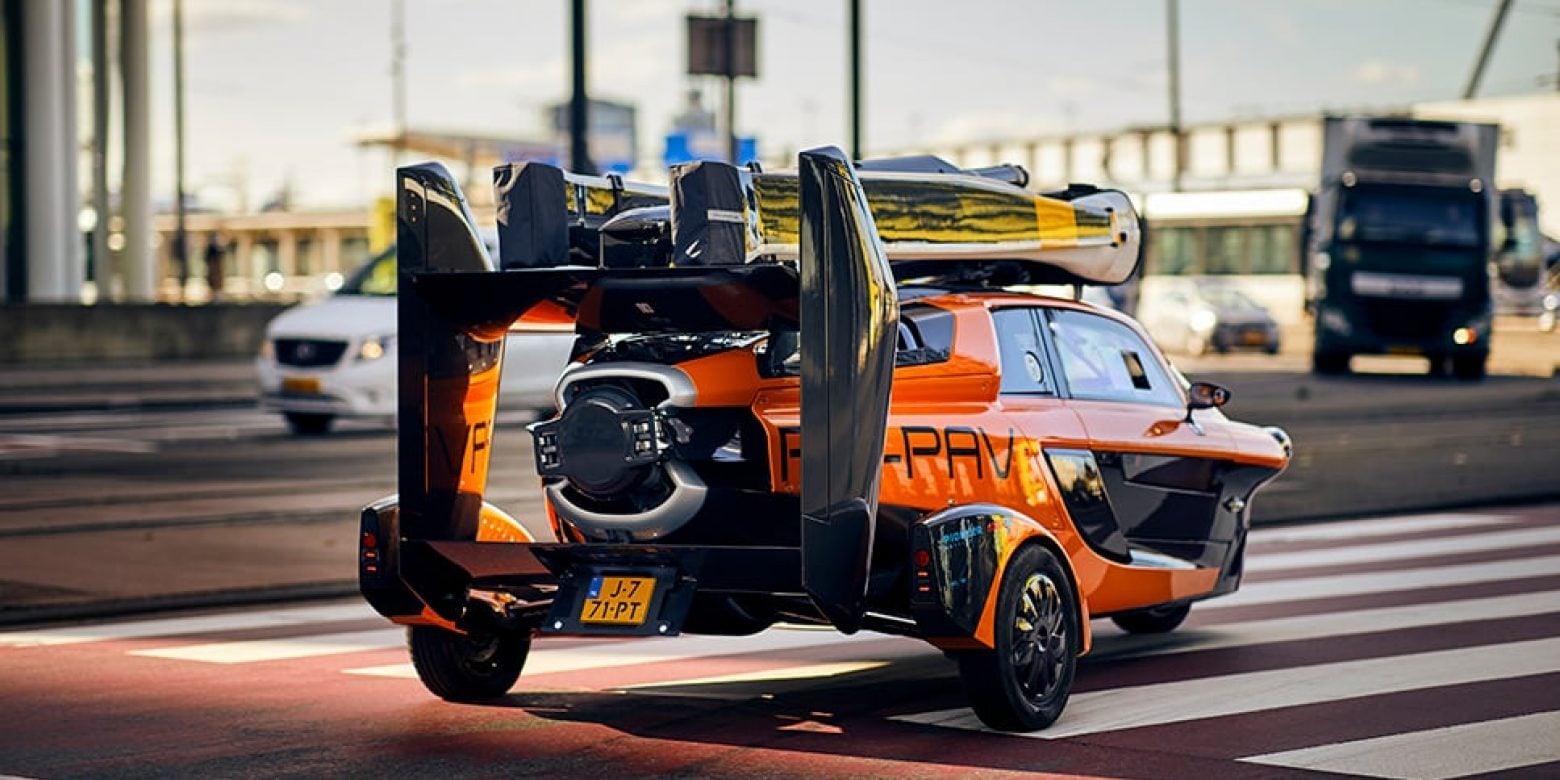Click Here to View This Page on Production Frontend
Click Here to Export Node Content
Click Here to View Printer-Friendly Version (Raw Backend)
Note: front-end display has links to styled print versions.
Content Node ID: 418913
Pal-V says that EASA’s publication earlier this month of its new Special Condition for certifying gyroplanes intended for use in the air and on roads gives it a clear path to bringing its Liberty flying car to market. The European aviation safety agency spelled out how it will permit gyroplanes with a maximum takeoff weight not exceeding 1,000 kg (2,200 pounds) to be approved under existing CS-27 rules covering rotorcraft.
In the Special Condition document, which was published on February 10, EASA acknowledges that it received an application for type certification for a two-seat gyroplane with an MTOW of 910 kg (2,002 pounds). This week, Netherlands-based Pal-V acknowledged that this model is the Liberty and predicted that it will be the first vehicle of its kind to complete the EASA certification process before the end of 2022. In October 2020, Pal-V secured European approval for road usage of the car.
The Pal-V team will now be able to start the required program of flight testing to prove that it meets EASA’s requirements. It was back in 2009 that the company first provisionally agreed with the agency to use the CS-27 rules and it then helped to develop more than 1,500 criteria that will be applicable for its product before it is able to conduct initial manned test flights. The list of criteria was published in draft form last year to allow for comments from the industry to be considered.
“Getting a flying car to the market is hard. It takes at least 10 years,” commented Pal-V CEO Robert Dingemanse. “Although we are experienced entrepreneurs, we learned that in aviation everything is exponentially stricter.”
EASA’s CS-27 rules have previously included gyroplanes, but its scope covered only light sports aircraft that were not also intended for road use. Dingemanse told FutureFlight that the Pal-V will be the first gyroplane that can be used for full door-to-door mobility, rather than just hobby flying. “Being able to drive your airplane on roads is the main benefit because even if weather conditions don’t allow you to fly, you can drive,” he commented.
In late October 2020, Pal-V secured European approval for road usage of the Liberty. The approval followed an extensive drive test program that included high-speed ovals, brake and emission tests, and noise-pollution testing.
The Liberty can takeoff in between 70 and 200 meters (up to 656 feet), depending on headwinds. It can land almost vertically, with a need for just 50 meters (164 feet) of tarmac.
Pal-V says that around 80 percent of prospective customers for the Liberty are new to aviation. “Many of them have decided that just being able to fly for a hobby isn’t useful and that current gyroplanes are just a hassle for mobility purposes,” said Dingemanse.
Customers who reserve deliveries of the flying car now can start flight training under existing sports gyroplane rules to build experience for the eventual EASA type-specific license that will be issued. So far, Pal-V’s sales efforts have mainly focused on the Netherlands, but it is establishing “customer experience” sales centers in German-speaking countries and also in the UK.
The Dutch government has reserved one of the aircraft for its own use, and Pal-V has had discussions with prospective military customers. There is also talk of possible air taxi applications and also some discussion with the World Health Organization about medical support operations.
On a tank of gasoline, the Liberty will be able to drive up to around 800 miles or fly just over 300 miles and then drive another 100 or so miles (allowing for reserves). Its top speed is almost 120 mph. The Pal-V website shows pricing starting with a low-spec Sports edition at €300,000 ($366,000), rising to €420,000 for a vehicle with all options, and to €500,000 for the Limited Exclusive edition.
